The term Fake News became popular because the US Elections in 2016. Later it was distorted and became a trend not only in US but all over the world (we all know the story why this happened). To explain this “new” phenomenon a lot of research and articles flourished.
This event became an icon for disinformation researchers, but is it the first? No. A basic search for the use of “disinformation” in books show us how it has been present for so long.

During the last years the research community has grown, tools have multiplied, and resources have increased. Many organizations like First Draft are commited to explain all kind of audiences. Even multinational organizations are helping to bring awareness of the impact. Laws and regulations have flourished in many countries. This is good. We all can understand how Disinformation is working. Is it working the same way all over the world? No. But how different? We don´t know.
The over concentration of research, tools and resources to big economies are creating a dangerous bias. Small economies are segregated from research focus. If you are a global funded and well equipped researcher ask yourself the % of research done in/about disinformation in countries like Guatemala, El Salvador, Honduras.
Even if they want to say otherwise they will not be able to prove it. And most important, will never know why it is important to research in small countries. The reports and articles about small countries are so few but important.
Here I have to mention the ones that actually have helped us in understanding the Central American ecosystems.
Erin Gallagher is a game changer in Central America. She had invested a lot of time and resources to show us pieces like this.
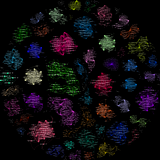
Pablo Suarez-Serrato had explained a study case of the most used Hashtag in Mexico at that moment.

Or the case of how agenda based networks work in Guatemala.

Of course the Social media Platforms have evolved and they explain us about the Influence Operations (IO), Coordinated Inauthenthic Behavior (CIB) they found. And the reports sometimes includes small countries targeted or part of fake networks, like the extensive report from Facebook (2017–2020). But thats all.
In 2018 I published this article with information from 10 years. In the article I included previous posts from 2008 to 2018. Yes I was actually talking about disinformation in 2008.

Ands before that there are a lot of articles and research (in Spanish), like this one from 2004 and how they started using Internet to spread it about Colombian war.
I will not list here all the cases, but my point is simple. Disinformation was not discovered in 2016 and it was not created to harm US Elections. And there are a lot of previous and different experiences from many other countries.
The troll factories like the one reported by NYTimes in 2018 are old news in Guatemala, where there are reports from 2011 and 2015 elections. Could it be reasonable to test this dirty strategies in small countries to use them later on big ones?
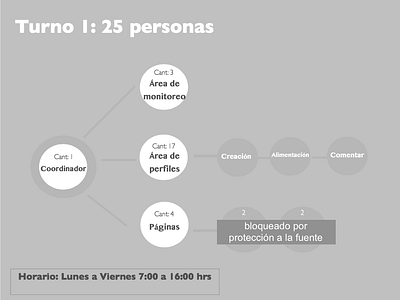
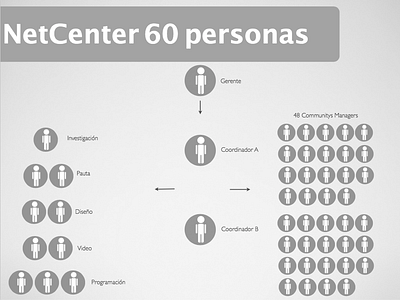
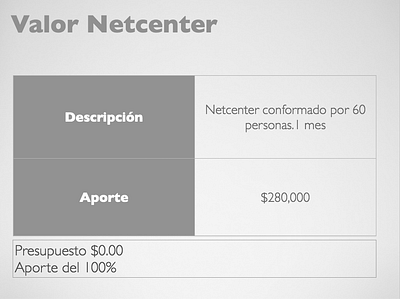
After 2016 there were some opportunities were Central America was mentioned and showed what we were struggling atm.
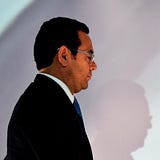
Rarely has been reported about the harm and dinamycs bad actors are using in our small undeveloped region. So we are alone trying to understand and answer all the questions.
The frustrating process of researching disinformation from the isolated backyard
Lack of Data
Try to find how many Facebook or Twitter users (MAU) does Guatemala has? or maybe Honduras? Of course some data is available under a paywall. But it is really difficult to get it. And we all know that without data is not possible to understand many factors around the impact of disinformation on audiences.
What if we want to know how much suspended accounts are from our countries. Or how many posts have been taken down for misleading audiences. Or the reach of false information in Guatemala? We are blind.
Lack of Tools
We, as many others, use Social Listening tools and the ones publicly available on the Internet. Yes they help, but what about tools as Crowdtangle?
In 2019, before Guatemalan elections I asked for help to Facebook to have access to Crowdtangle. This was an answer from my 2018 request.

And another email answer from a request I made publicly on Twitter.

Of course when it comes to testing Guatemala is not that bad to include. Like the Newsfeed test they made that “had a devastating effect on engagement for journalistic organisations in those countries, which include Slovakia, Guatemala and Bolivia.”

If we take a look of the requierments to access academic API from Twitter we will find it very difficult for Central Americans to actually have it.
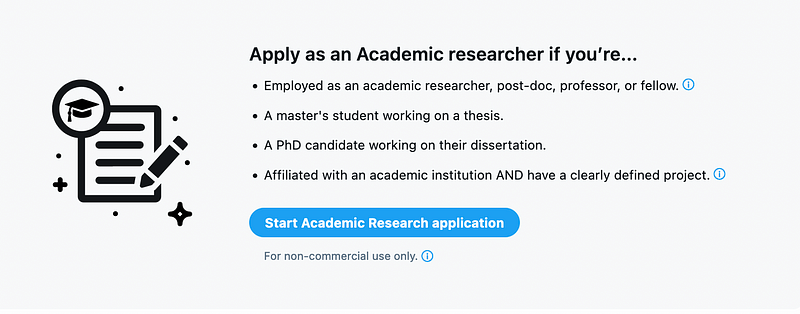
From the very small amount of local researchers only a few have the requirements, and that reduces a lot the research projects and results.
Obvioulsy this is not a responsability of the platforms, but if they only try to understand the local context they will rapidly understand that maybe those universal requirements create unnecesary barriers for developing countries.
Lack of resources
Yes, there are grants and programs helping all over the world to fight misinformation. Pandemic has become a huge opportunity to work on this and have resources. And that is great.
Now, if we want to go broader, or focus on elections, we will find a dead end.
In 2019 Twitter included Confirmado Twitter account in the Ads for Good Program, and that is still helping a lot to educate about disinformation to Guatemalan audiences. Hugo Rodriguez, from Twitter, had helped a lot to educate and support our small countries. But I have to say they are the only ones interested in doing so. No other platform has actually gave support to local researchers.
Marginalized
I have discussed with some global researchers about our findings in small countries. They find them basic and not that important. And they are right. Can we do it better? Yes. But to do that we need access and support. Who is willing to do it?
And when we talk about studying or training there are only a few spots where we have to compete with countries with a context that gaves them the advantage.
Even in organizations like International Fact-Checking Network (IFCN) there are no Central American signatories. Have you ever asked why? There are projects and media doing fact-checking (Plaza Pública, Fáctica, Confirmado, i.e.) but none of them in this kind of networks.
Some year ago I found the article “Why is research from developing countries underrepresented in international health literature, and what can be done about it?” which was published in 2004 and still makes sense.
Here in the backyard the local researchers are underresourced and the countries are underrepresented in the global disinformation articles and reports.
The concentration of research, tools and resources will continue to create this myopic view of the world where all the superheroes battles occur in New York, all the world wars in Germany, and troll factories were invented to harm US Elections in 2016.
What happens in the backyard, stays in the backyard? Maybe studying how disinformation spread in our countries will give a lot of answers and prevent damage in developed ones, but I guess we will never know.
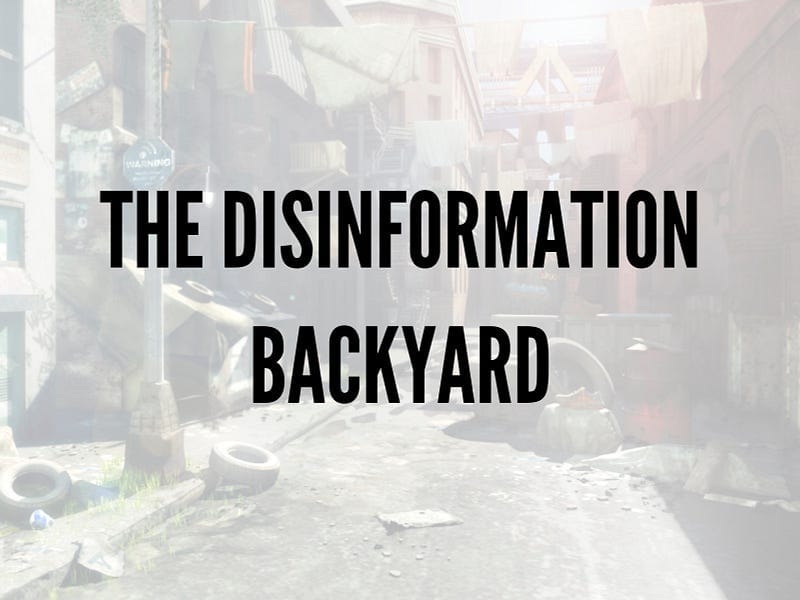
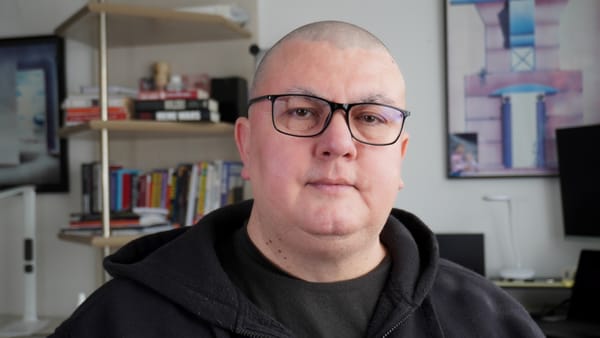
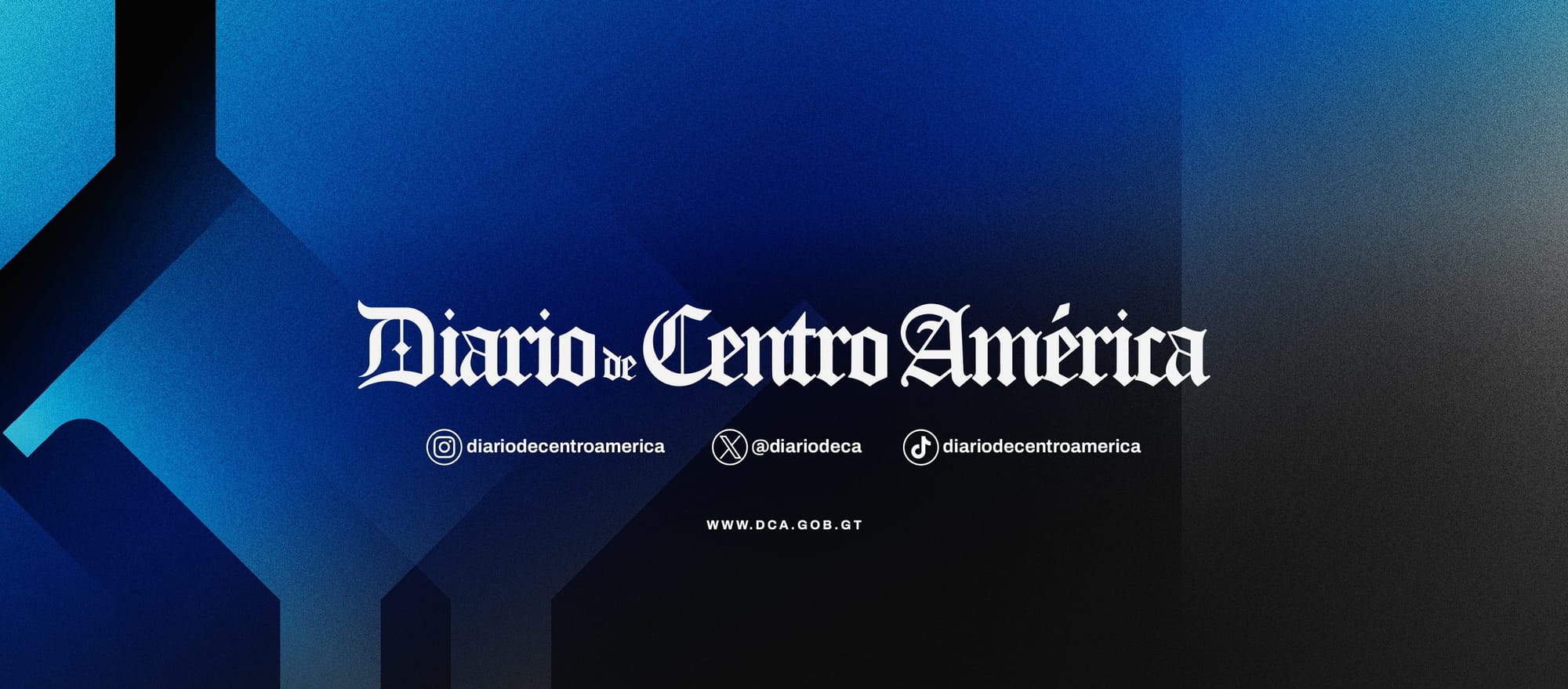
Related Posts
Red de estafas simulan ser páginas del gobierno que ofrecen dinero
nov. 03, 2023
Red de páginas falsas usan el nombre del presidente electo para generar clics
nov. 03, 2023
Red de “difusión virtual” sintética
mar. 02, 2022